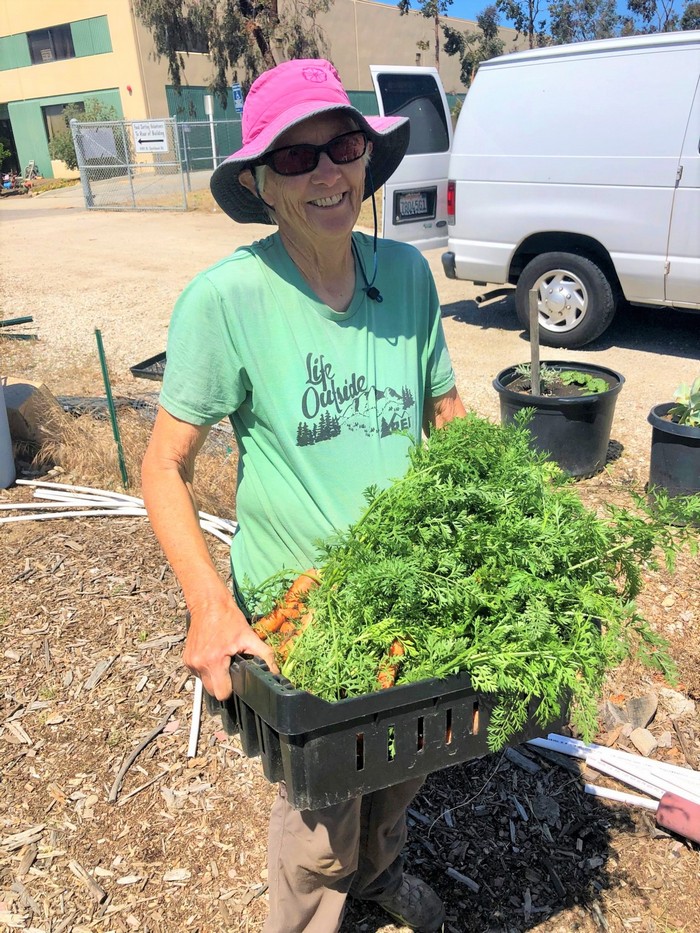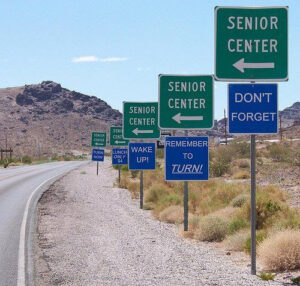by Carol Leish
By gaining knowledge of what’s available within Ventura County to deal with senior fraud, you will be more empowered to stop it. By using various tools, you’ll be better able to protect yourselves.
According to, Carey Aldava, Manager of Ventura County Adult Protective Services Program, “Reports received on fraud have not substantially increased in our county due to the pandemic. Perhaps this is because many agencies that serve seniors and adults with disabilities in the community have not fully reopened to offer services, creating less of an opportunity to encounter victims of scams and fraud.
“Regarding percentages countywide from 2015-2020, we (Adult Protective Services), confirmed 1,928 reports of financial abuse against elders (31% of all financial abuse cases). Of these cases, 57% were scams. So far, in 2021, we have confirmed 237 reports of financial abuse against elders (37% of all financial abuse cases), with 60% being related to scams.”
“Tools to deal with others,” according to Aldava, include: 1) Shredding all receipts with your credit card number on it; 2) Getting involved in the community and not isolating yourself; 3) Telling solicitors to provide their information in writing; 4) Obtaining a salesperson’s name, business identity, telephone number, street address, mailing address, and business license number before transacting business; 5) Signing up for the ‘Do Not Call Registry’ at: 888-382-1222.; 6) Using direct deposit for benefit checks; and, 7) Never giving your credit card, banking, social security, Medicare, or other personal information over the phone unless you initiated the call.”
Debbie Deem, a retired victim’s specialist for the FBI, runs a monthly meeting (Financial Abuse Specialist Team: FAST), that deals with issues related to various topics, such as: elder abuse; financial exploitation; and, phone fraud. She said, “We have a wide variety of people, which includes, bankers, lawyers, Ombudsman, and the Area Agency on Aging offering us resources and advice at our meetings.
“Ventura County Adult Protective Services,” according to Dean, “has a 24 Hr. Abuse Hotline: (805) 654-3200. The Adult Protective Services agency helps elder adults (65 years and older) and dependent adults (18-64 who are disabled), when these adults are unable to meet their own needs, or are victims of abuse, neglect or exploitation. The County Adult Protective Services agency investigate reports of abuse of elder and dependent adults. Look at: https://www.cdss.ca.gov/.”
In regards to the Federal Trade Commission’s Do Not Call Registry, Dean said, “look at: https://www.donotcall.gov/ and go to, ‘more information-answers basic questions. Or, call: 1-888-382-1222. The Federal Trade Commission (FTC) and AARP have great info on fraud crimes at: https://www.consumer.ftc.gov/features/scam-alerts/; also: https/www.consumrer-ftc.gov/blog2020/10/how-spot-avoid-and-report-imposter-scams.”
“Regarding getting help, support and resources and help in where to report fraud,” according to Dean, call the National Elder Fraud Hotline (age 60 or older) at: 1-833-372-8311. And, for more information, got to: https://ovc.ojp.gov/program/stop-elder-fraud/providing-help-restoring-hope.
“And, if you are concerned about being a victim , you can call the Ventura County Sheriff’s Office Fraud Hotline in Ventura (Headquarters) at: (805) 654-2145; in Ojai at: (805) 477-7050; in Camarillo at: (805) 388-5175; or, in Fillmore at: (805) 477-7020.”
Thus, with knowledge, you will gain power and restore your hope in being better able to cope with/avoid the possibilities of senior fraud.



